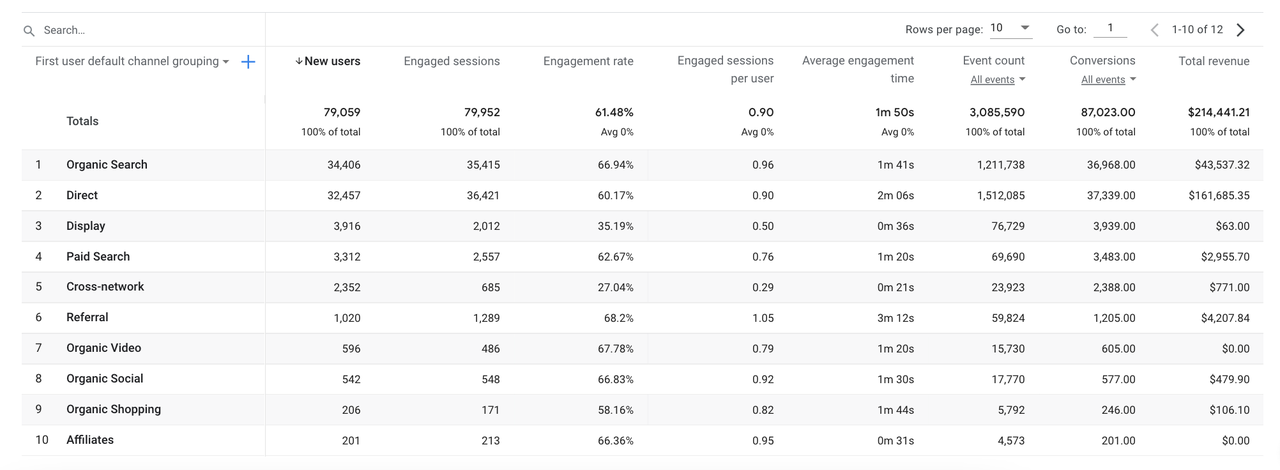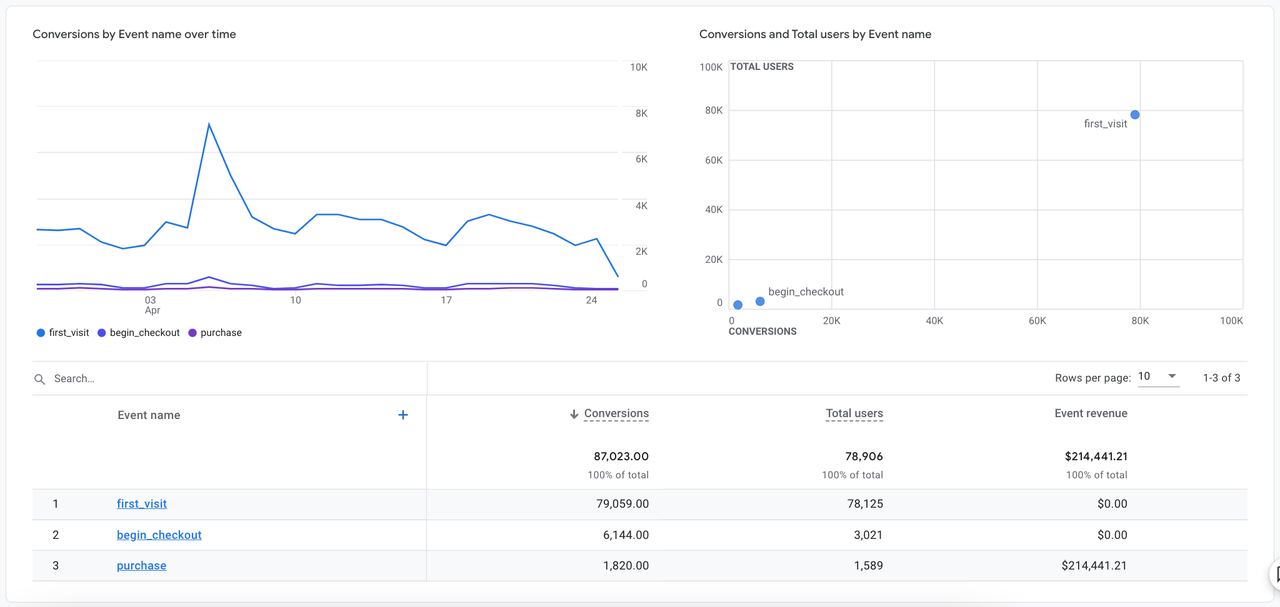Mastering GA4: How to Avoid Common Mistakes and Hidden Pitfalls

Delving into the world of Google Analytics 4 (GA4) and uncover the common mistakes and hidden pitfa…

Google has announced that Google Analytics 4 (GA4) will replace Universal Analytics in July 2023. Find out what this change means and what you need to do to prepare.
Google announced the release of GA4 back in October 2020. At the time, it was recommended users run a GA4 property alongside their current Universal Analytics properties. That is soon to change.
Google has now announced that GA4 will replace the current platform, Universal Analytics (UA), in July 2023. This is significant news and something that businesses should be acting on as soon as possible. We’re going to give you a rundown of what this change means, why it’s come about and what you need to do.
Google Analytics 4 (GA4) is described by Google as a ‘privacy-first’ approach to analytics. They’ve observed that ‘current analytics aren’t keeping pace’ with the privacy-driven changes and developments in marketing industry standards, and so GA4 is designed to give businesses a ‘more complete understanding’ of their customers.
Like its predecessor, it’ll be used for tracking user interaction, traffic and other data, but with several key differences.
Currently, UA measures user behaviour using sessions and pageviews, or ‘hits’. GA4 doesn’t do that - it measures ‘events’. Events are basically any interaction a user has with a website or app such as viewing a page, scrolling, clicking a button, downloading a file or completing a purchase to name just a few.
As part of this ‘event’-based approach, it’ll require more configuration from businesses in order to collect data. Whilst some event tracking is built in, including page views, scrolls, outbound clicks, file downloads and video views, converting these actions into Conversion events (formerly Goals) will now require a greater degree of configuration.
There are also big changes to the metrics available (at the time of writing). Gone from the default reports are a number of metrics that will be familiar to users of Universal Analytics.
Bounce Rate, Pages per Session and Average Session Duration have been replaced with Engaged Sessions, Engagement Rate and Average Engagement Time as measures of user engagement.

Goals have been replaced with Conversions that now require an event be configured in order to track successful conversion actions. No more simple destination goals for 'thank you' pages.

GA4 will also use AI to ‘fill in gaps’ in data that Universal Analytics is unable to access, due to things like cookie consent, for example. By using AI, GA4 will be able to make assumptions on user behaviour based on modelling from existing data. Unlike UA, GA4 doesn’t store IP addresses, which means businesses won’t fall foul of privacy regulations.
UA is to be ‘sunsetted’ - or wound down - on July 1st 2023. This means that from this date, UA properties will no longer process new hits, and properties that use UA 360 will stop processing new hits from October 1st 2023.
All data that has been processed on UA and UA 360 up until these dates will be stored for six months following the ‘sunset’. Crucially though, this data will not be transferred to your new GA4 account, which is why Google is encouraging users to set up new GA4 properties well in advance of the change over of platforms.
To ensure you’re ready for the launch, now’s the time to set up your GA4 account, even if you have a UA account running already. By having the accounts run parallel to each other, you’re ensuring that your GA4 account will have data in it before your Universal Analytics account stops processing hits. The sooner you set up your GA4 account, the sooner you can start collecting data, and the more historical data you’ll have to draw upon when UA winds down on the 1st July 2023.
It’s also important to note that the changeover will have an impact on reporting. If reporting software automatically populates data from your current UA Google property, then these accounts will need to be rebuilt ahead of July 1st 2023 so that they’re ready to go when GA4 launches.
To make things easier, Google is rolling out a Goals migration tool that can be used to transfer your existing UA goals and recreate them in GA4. Any eligible goal can be recreated, which can save considerable time compared to manually setting up your UA goals on GA4.
This is a significant change in the analytics landscape, but there’s no reason to panic. The Google Analytics 4 era is over a year away, so there’s time to prepare and ensure you’re up and running straight away on 1st July 2023.
To help you plan for this change, we’ve created a quick checklist of key actions you can take today in preparation for the switch over in 2023.
Rock Kitchen Harris can help you make sure that you’re perfectly set up for the launch of Google Analytics 4, so that you can seamlessly move into a new era of analytics. Contact us today to find out more.